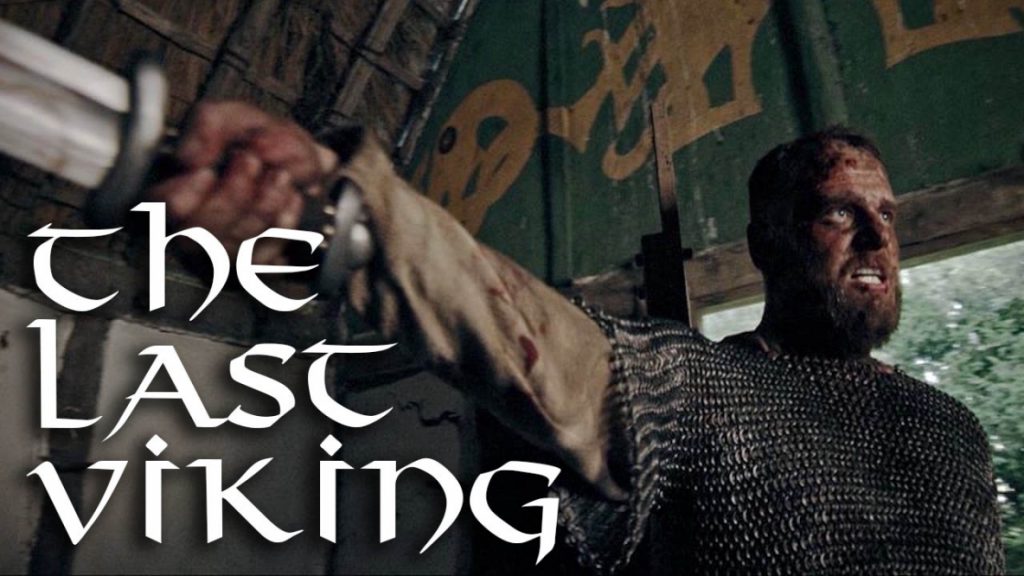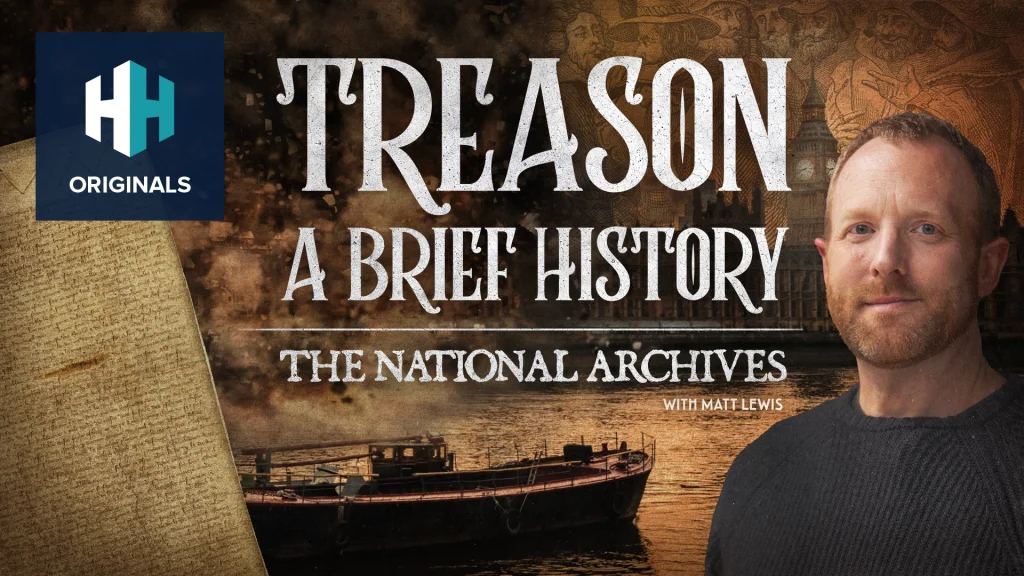Medieval warfare distinguished itself from combat in Antiquity through a series of social and technological developments including a shift in military strategy and new types of fortifications and weaponry.
Here are 10 facts which relate to war during the Medieval period.
1. The Hundred Years War did not last 100 years

Edward III who attacked France and started the Hundred Years War.
The 100 Years War is generally accepted to have lasted from 1337 to the Battle of Castillon in 1453, which as some basic mathematics will work out is a little more than 100 years. However even after Castillon, England remained formally at War with France for 20 more years.
2. The Battle of Hastings didn’t happen at Hastings
Despite the name, the Battle of Hastings happened about five miles away at a place called Seniac Hill. It’s now known as the town of Battle.
3. England was invaded a lot

Henry Bolingbroke – one of many people to invade since 1066.
We think of 1066 as being the last time England was invaded, but there were a few more occassions. Louis of France invaded in 1216 and reigned for the best part of a year, while Henry Bolingbroke landed with an invasion force in 1399 to oust Richard II.
4. Spiral staircases went clockwise
Most medieval castles had spiral staircases which ran clockwise. This was because most defenders would be right handed, making it easier to defend.
5. Castles came from France
 Watch Now
Watch NowEngland only got Castles in 1066 with the arrival of the Normans. Until then they had contented themselves with wooden fortified towns.
6. Learning to use a longbow took a significant amount of time…
This was in no small part due to the heavy weight of the weapon. A typical English self longbow during the medieval period measured six feet in length and was made from yew wood – the best wood available on the British Isles.
To be used effectively against heavily armoured knights, an archer had to draw this longbow’s bowstring as far back as his ear.
Longbowmen were therefore trained archers – many of who would have spent years perfecting their skill with this deadly weapon
7. …unlike the crossbow

Learning how to use a crossbow efficiently was much less time-consuming. The mechanical nature of this bolt-firing weapon reduced the effort and skill needed to use it and, unlike their longbow counterparts, wielders of the crossbow did not need to be strong in order to draw back its bowstring.
As a result, while becoming a longbow marksman required years of training, an untrained peasant could be given a crossbow and taught how to use it effectively very quickly, although the crossbow’s high cost meant the weapon was usually reserved for highly-skilled mercenaries.
8. Normans were Vikings
The Normans trace their origins to Viking invaders who terrorised Northern France. Locals called them North Men which eventually migrated to simply ‘Norman’.
9. We owe a lot to the Moors
 Watch Now
Watch NowThe Moorish occupation of Spain might not have been fun for the Spanish but it contributed a great deal to our modern culture. They used Arabic numerals which we still use today and also introduced us to the game of chess.
10. Gunpowder killed the castle
From 1300 the invention of gunpowder made life difficult for castle engineers. Canon balls were able to smash through walls. Designs changed to cope with the threat, but soon they stopped being built for defence and were instead a way to show off your wealth and importance.















